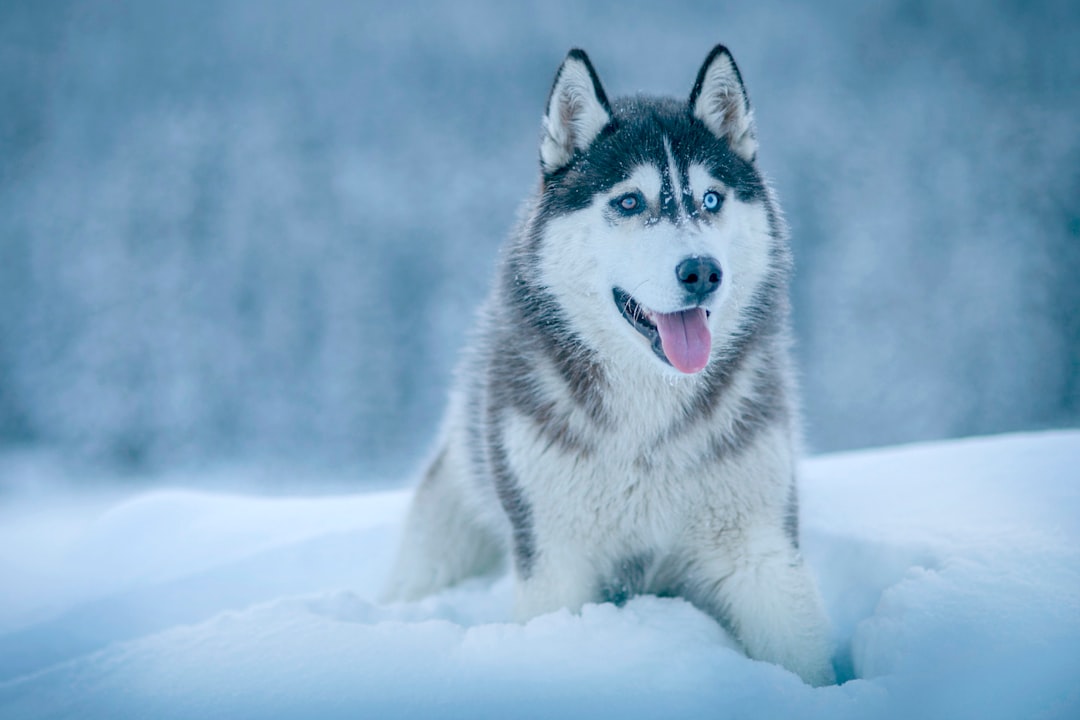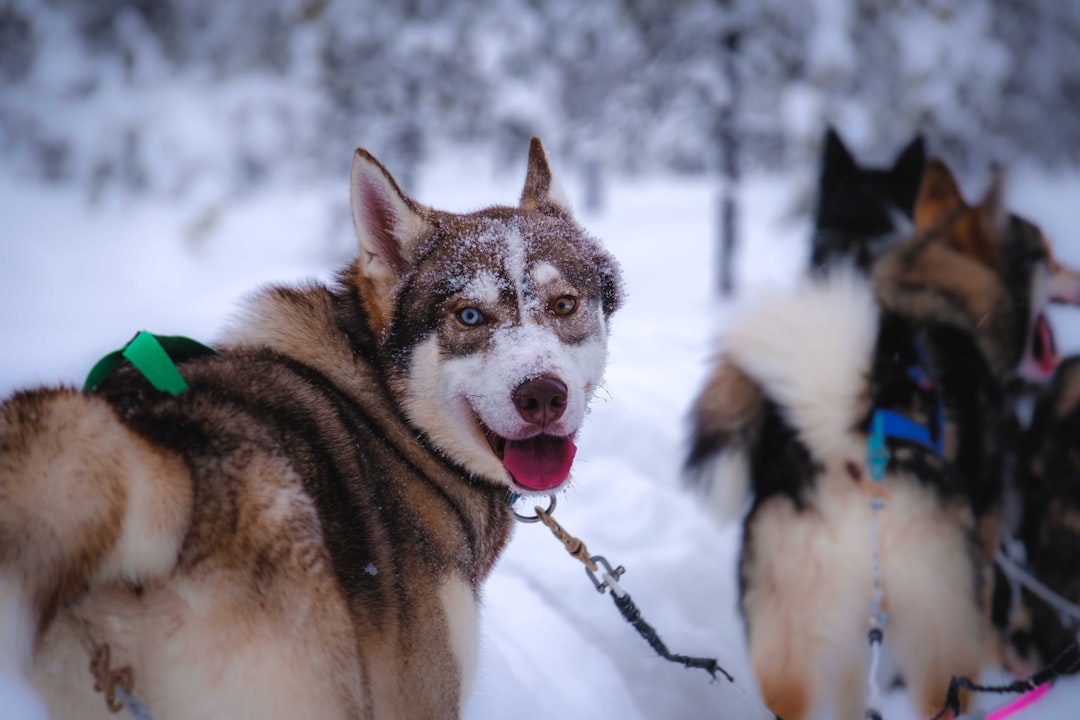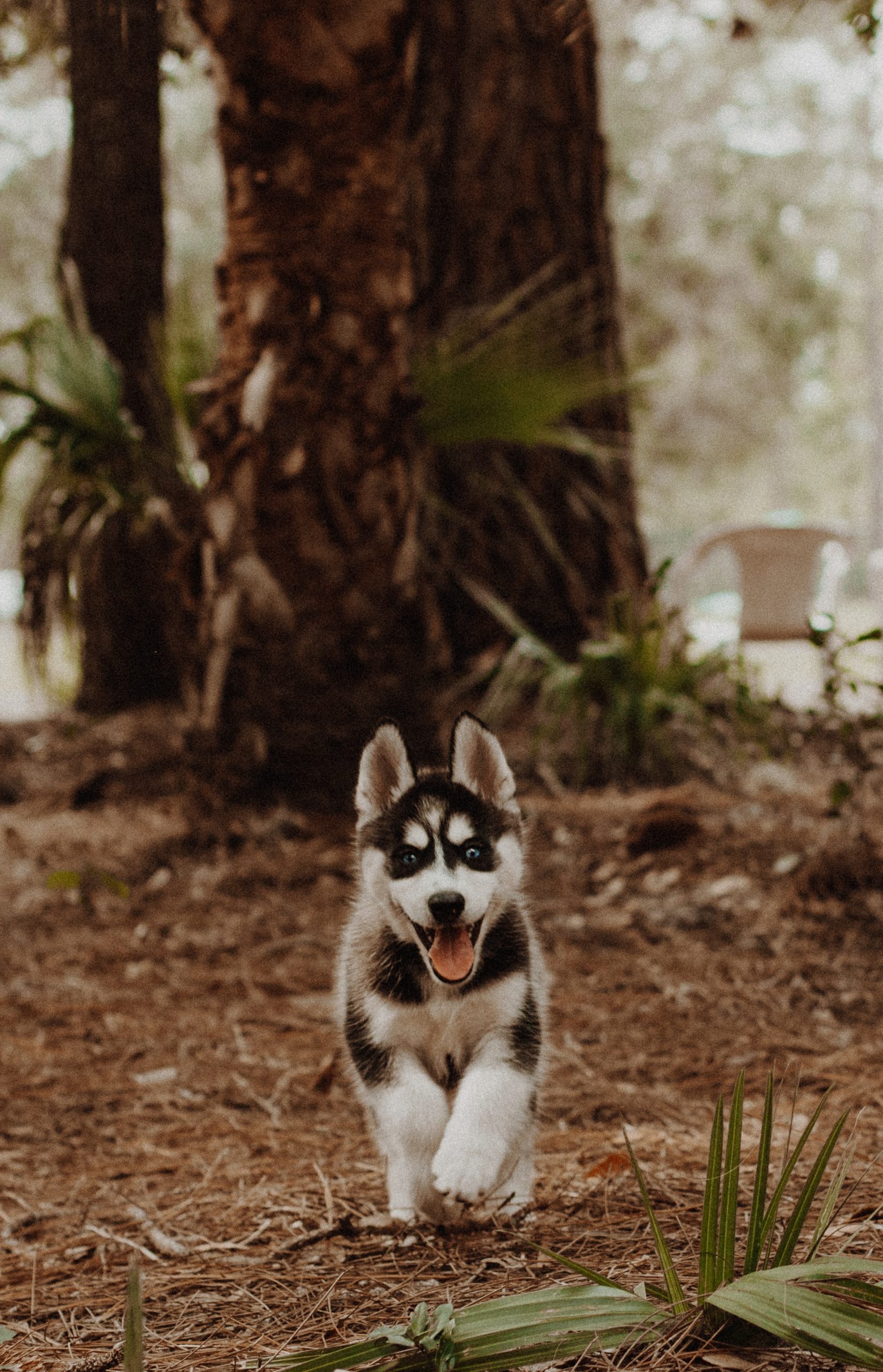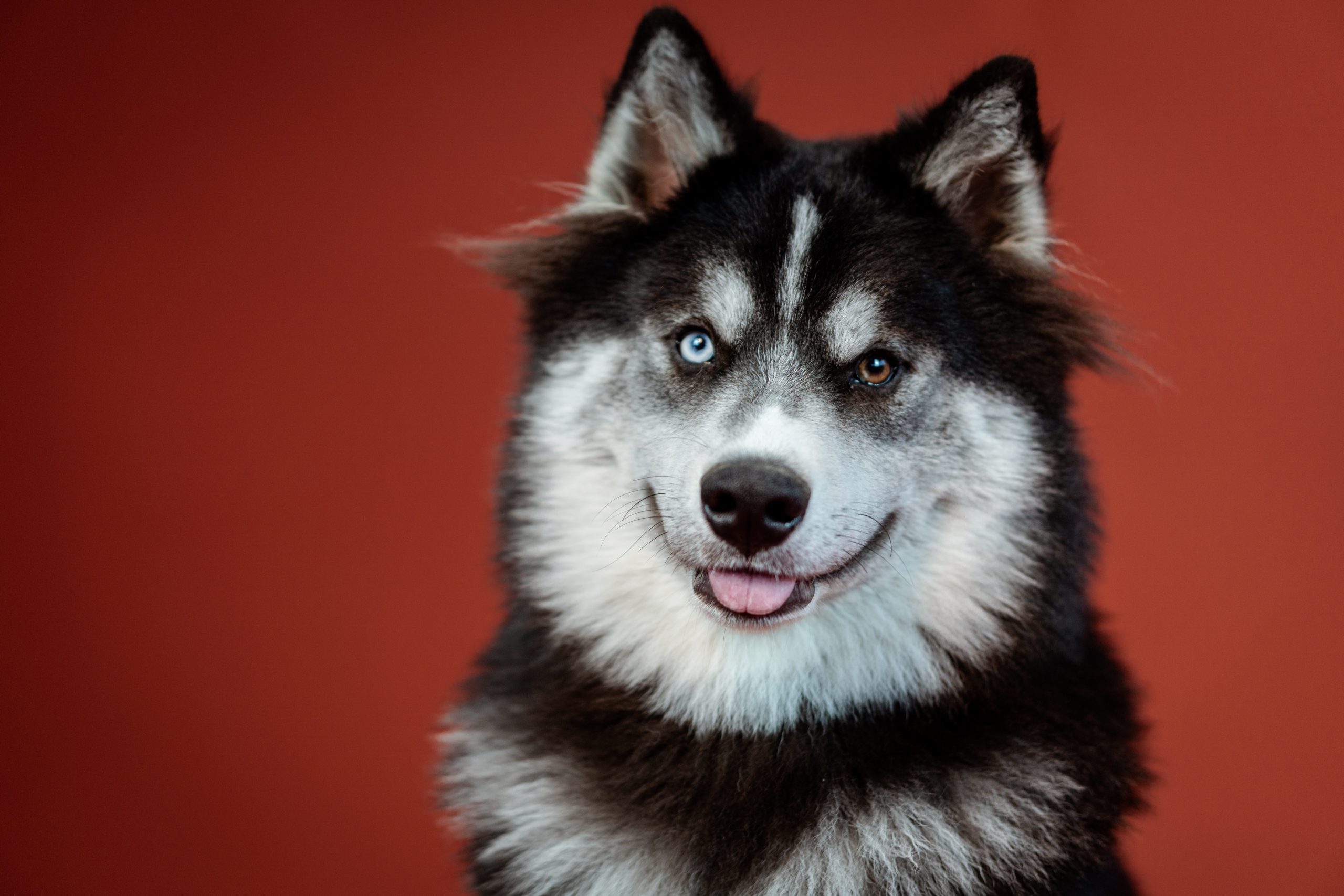Siberian Husky vs. Alaskan Husky: Contrasting Characteristics and Traits
Discover the key differences between Siberian Huskies and Alaskan Huskies, including their physical characteristics, temperament, and working purposes, to help potential dog owners make an informed decision.
Overview of Siberian Huskies and Alaskan Huskies
Siberian Huskies and Alaskan Huskies are two distinct breeds that are highly regarded for their unique traits and working abilities. Siberian Huskies, recognized as purebred dogs by the AKC, have a rich history dating back to the early 1900s. They are known for their versatility, being utilized for both show and working purposes. These dogs are celebrated for their striking appearance and are often associated with their captivating blue eyes and diverse coat colors, including black, gray, red, and agouti, among others.[3].
On the other hand, Alaskan Huskies have a different background. Originating as unregistered hybridized dogs, they are carefully bred for optimal working capabilities, making them the preferred choice for dogsled racing and other working purposes. Unlike Siberian Huskies, Alaskan Huskies are not considered purebreds and are not granted purebred status by the AKC or CKC. Their lean build, more pronounced tuck-up, and brown eyes set them apart from their Siberian counterparts. These unique characteristics make them exceptional working dogs, especially in longer distance sled pulling races.
This article aims to delve into the various aspects that distinguish these two breeds, shedding light on their physical traits, temperaments, and working purposes. By exploring these differences, prospective dog owners and enthusiasts can gain valuable insights into the unique features of both Siberian Huskies and Alaskan Huskies, aiding them in making informed decisions when choosing a dog that best fits their lifestyle and preferences.
 History and Purpose of Breeds
History and Purpose of Breeds
Siberian Huskies have a rich history that dates back to the early 1900s when they were first brought to Alaska to compete in sled dog racing competitions. Their impressive speed and endurance quickly made them a popular choice for working purposes, such as pulling sleds and transporting goods across long distances. Over time, their striking appearance and friendly demeanor also led to their popularity as show dogs, showcasing their dual nature and adaptability in various roles.
In contrast, the history of Alaskan Huskies is rooted in their careful breeding for optimal working capabilities. These dogs are primarily used for dogsled racing and are known for their exceptional stamina and speed. The breeding of Alaskan Huskies is a precise and intentional process, focusing solely on producing dogs with the best working traits. Unlike the Siberian Husky, the Alaskan Husky is not recognized as a purebred by the AKC, highlighting their specialization for working purposes and their unique breeding standards.
For example, the unregistered hybridized Alaskan Husky is preferred for dogsled racing due to its leaner build and pronounced tuck-up, which enhances its speed and agility. This underscores the meticulous breeding efforts that have resulted in a dog specifically tailored for its working role, setting the Alaskan Husky apart from the Siberian Husky in terms of purpose and breeding standards.
Physical Characteristics
When it comes to physical characteristics, the differences between Siberian Huskies and Alaskan Huskies are quite distinct and notable. Siberian Huskies are not only larger in size but also exhibit a diverse range of coat colors, including black, white, red, or agouti, which is a mix of gray, black, and white hairs. In contrast, Alaskan Huskies are generally leaner in build, with a more pronounced tuck-up, emphasizing their agility and endurance. This leaner physique is especially advantageous for their primary role as working sled dogs, allowing them to cover long distances efficiently. These physical differences in build and coloration are a testament to the distinct breeding purposes of the two breeds.
Moreover, the weight and height disparities between the two breeds further underscore their contrasting physical traits. Male Alaskan Huskies typically weigh between 40-60 pounds, while females have a weight range of 35-48 pounds. In contrast, Siberian Huskies have a standard weight range that differs from the Alaskan Husky, contributing to their more robust appearance. The height difference is equally striking, with Alaskan Huskies capable of growing up to 25.5 – 26 inches, whereas Siberian Huskies have a standard height of 24 inches. These variations in weight and height are not only essential for distinguishing the two breeds but also influence their respective abilities and performances in various tasks, be it sledding, companionship, or showmanship. This emphasizes how the distinct physical attributes of each breed have been carefully honed to serve their specific roles and functions. [1] [3]
Temperament and Trainability
When it comes to temperament and trainability, both the Siberian Husky and the Alaskan Husky have unique characteristics that set them apart. Siberian Huskies are known for their intelligence and problem-solving abilities. They are quick learners and often display a strong sense of understanding, making them highly trainable. Their intelligence allows them to excel in various activities, including obedience training, agility courses, and even advanced tricks. This makes them suitable for both working and show purposes, showcasing their versatility and adaptability.
On the other hand, Alaskan Huskies are recognized for their independent and adventurous nature, which can sometimes make training a bit more challenging. While they are intelligent and can be trained with patience and consistency, their independent streak often leads them to make decisions based on their own judgment. This adventurous spirit is a result of being carefully bred for optimal working capabilities, making them well-suited for sled racing and other endurance-based activities. Their independence and resilience are essential traits for excelling in demanding working conditions, setting them apart from the Siberian Husky in terms of temperament and behavior.
For example, when it comes to obedience training, a Siberian Husky may quickly grasp commands and perform them with precision, while an Alaskan Husky may question commands and exhibit a more independent approach to tasks. Understanding these distinctions in temperament and trainability is crucial for potential dog owners and enthusiasts, as it allows them to make informed decisions based on their lifestyle, training preferences, and the intended purpose of the dog, whether it be for companionship, working, or performance activities.
Working Purposes and Traits
When it comes to working purposes, Alaskan Huskies are meticulously bred to excel in demanding environments, such as dogsled racing. This specialized breeding process focuses on producing dogs with exceptional endurance, strength, and speed, making them ideal for long-distance sled-pulling races. The careful selection of breeding pairs and the emphasis on specific working traits enable Alaskan Huskies to thrive in challenging conditions, demonstrating their remarkable abilities in the field.
In contrast, Siberian Huskies possess a dual nature, being utilized for both show and working purposes. Their adaptability and versatility allow them to transition seamlessly between roles, serving as loyal companions in domestic settings and showcasing their working capabilities in various tasks, such as pulling sleds, herding, and search and rescue operations [3]. This dual-purpose nature sets them apart, as they are not only cherished for their striking appearance and friendly disposition but also valued for their strength and endurance in demanding work environments. Whether it’s in the show ring or the great outdoors, Siberian Huskies demonstrate their remarkable versatility, making them a unique and valuable breed in the canine world.
Conclusion
In summary, the differences between Siberian Huskies and Alaskan Huskies go beyond their physical appearance. While Siberian Huskies are known for their versatility in both show and working purposes, Alaskan Huskies are primarily bred for their exceptional working capabilities, especially in dogsled racing. This distinction is essential for individuals considering these breeds as potential pets or working dogs.
When it comes to physical characteristics, Siberian Huskies are generally larger than Alaskan Huskies, with a wider range of coat colors. On the other hand, Alaskan Huskies are leaner in build, have a more pronounced tuck-up, and often possess brown eyes. An example of their difference in size can be seen in their height, with Alaskan Huskies growing up to 25.5 – 26 inches compared to the 24 inches of Siberian Huskies. Additionally, Alaskan Huskies weigh between 40-60 pounds for males and 35-48 pounds for females, representing a slight contrast to the standard weight of Siberian Huskies.
In terms of temperament and trainability, Siberian Huskies are often associated with greater intelligence, whereas Alaskan Huskies are known for their independence and adventurous nature. Both breeds have their unique traits, but Alaskan Huskies are particularly recognized for their independent nature, a characteristic that aligns with their primary purpose as working dogs. These differences are important for individuals to consider when evaluating which breed best suits their lifestyle and needs. Understanding these variations is vital for making an informed decision when choosing between these two remarkable breeds.



